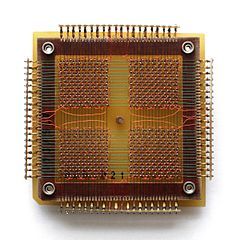How to tell which IoT predictions to pay attention to
It happens every year around this time – every IoT company on the planet, whether it’s a giant platform company, an old-school manufacturing player, or a teeny startup making Internet-enabled baby monitors issues its predictions about the market in the years to come, in the hope that IoT reporters looking for a quick story will write something with a headline like “Internet-enabled baby monitor market to reach $250 billion by 2040, according to cool company.” More on IoT: What is the IoT? How the internet of things works What is edge computing and how it’s changing the network Most powerful Internet of Things companies 10 Hot IoT startups to watch The 6 ways to make money in IoT What is digital twin technology? [and why it matters] Blockchain, service-centric networking key to IoT success Getting grounded in IoT networking and security Building IoT-ready networks must become a priority What is the Industrial IoT? [And why the stakes are so high] Yet those predictions are, to put it kindly, all over the map. A McKinsey & Company estimate suggests that the economic impact of the IoT will reach $11 trillion by 2025. IDC estimates that total spending on IoT will Continue reading





 MEC is an idea whose time has come. And for mobile operators, advertisers, and OTT providers, it's also an idea that can't come soon enough.
MEC is an idea whose time has come. And for mobile operators, advertisers, and OTT providers, it's also an idea that can't come soon enough.



